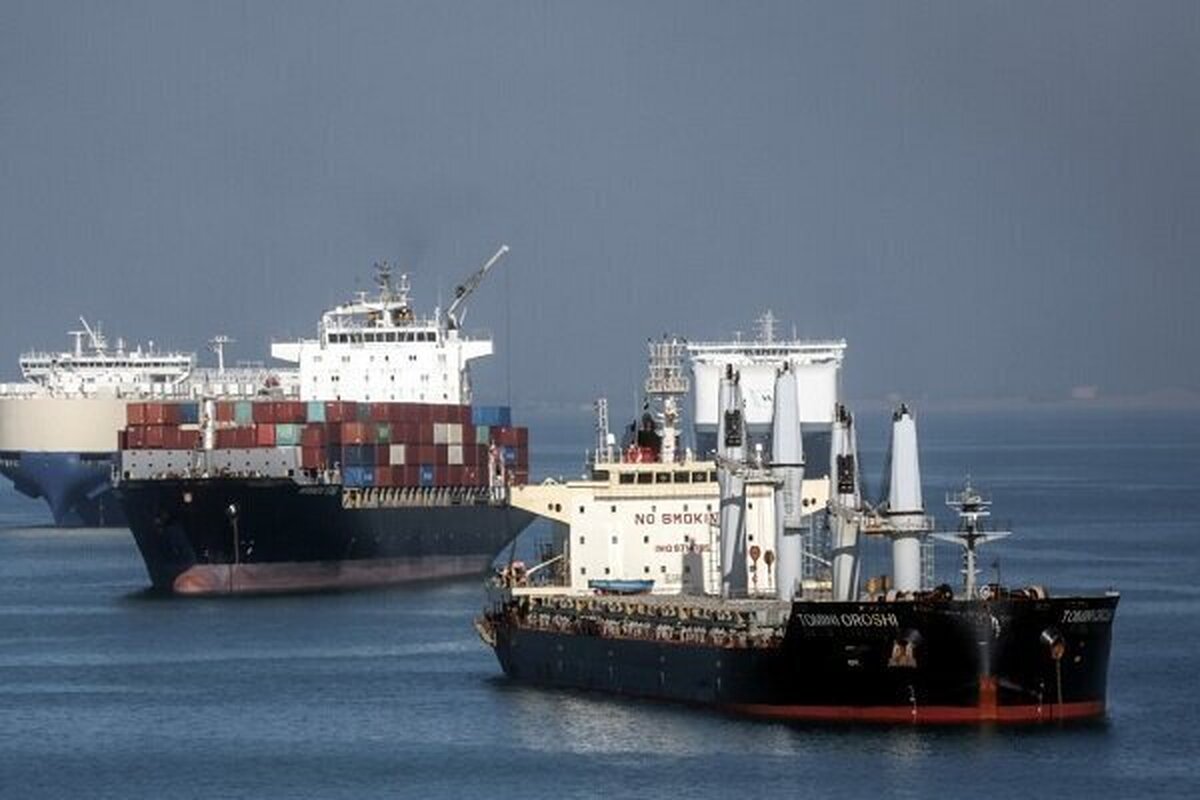
Monthly Non-Oil Foreign Trade Balance Reaches $875 Million
EghtesadOnline: Iran recorded a positive trade balance of $875 million during the month ending April 20, data released by the Islamic Republic of Iran’s Customs Administration show.
“A total of 7.32 million tons worth $3.7 billion (excluding crude oil) were exported from Iran during the first month of the current fiscal year (March 21-April 20), registering a 10% decline in volume but a 25% growth in value year-on-year,” Foroud Asgari, the deputy head of IRICA, said.
Imports hit 2.25 million tons worth $2.82 billion during the same period, registering a 10% and 1% year-on-year decline in weight and value, respectively, IRIB News reported.
Iran’s foreign trade, excluding crude oil exports, stood at 162 million tons worth $100 billion in the fiscal 2021-22, registering a 38% rise in value compared with the year before, according to the head of IRICA.
“Exports stood at 122 million tons worth $48 billion, registering a 41% increase in value compared with the previous year. Iran’s top five export destinations were China, Iraq, Turkey, the UAE and Afghanistan,” Alireza Moqaddesi was also quoted as saying by IRNA.
Imports hit 40 million tons worth $52 billion during the same period, registering a 21% and 36% growth in weight and value respectively.
The UAE, China, Turkey, Germany and Russia were the main exporters.
“The imports mainly included essential goods, raw materials and production line machinery,” he added.
Also known as necessity or basic goods, essential goods are products consumers will buy, regardless of changes in income levels.
Iran’s basic imports in the fiscal 2021-22 included corn, unrefined vegetable oil, pharmaceuticals and medical equipment, wheat, oilseeds, soymeal, barley, rice, sugar, heavy vehicle tires, fertilizer, pesticide and insecticide, veterinarian medicine, red meat, chicken, eggs, pulses and tea.
Imports of essential goods are entitled to subsidized foreign currency gained from oil exports.
Raw Materials Sold for Knowledge-Based Products
According to the Trade Promotion Organization of Iran, the value of Iran's non-oil exports and imports in the fiscal 2020-21 were almost equal while the weight of exported products was three times that of imports, which show that the country mainly exported raw materials and imported knowledge-based products.
A country's trade volume reflects its role in the global economy and its codependence with the international environment. The higher the share of mining trade in a country, the more dependent its economy is on natural resources and the farther it has strayed from a knowledge-based economy.
In the fiscal 2020-21, about 60% of Iran's non-oil trade were with China, the UAE and Turkey.
Iran's non-oil exports mainly include commodities and low-value products, but its imports mainly include advanced and high-priced products.
The almost equal value of the country's non-oil exports and imports, besides the fact that the former is three times the latter in value, is indicative of this fact.
According to the Value Chain Management Studies Center, the value of each ton of Iran's non-oil exports over the past five years has been $300-400, while the value of each ton of Iran's imports over the same period was $1,200-1,500.
The value of Iran's non-oil exports has been largely affected by global oil prices.
From Iran's total non-oil exports of $43.2 billion in the fiscal 2020-21, about $10.7 billion (equivalent to 25%) were petrochemical and petroleum-based products.
Exports of petrochemicals and petroleum-based products often include polymer, methanol and urea.
The increase in export value of petrochemicals and petroleum-based products in the fiscal 2020-21 was partly due to the rising global prices of oil and the increase in volume of petrochemical exports.
A positive trade balance means the export earnings can catch up with imports. Otherwise, the government will have to use the earnings from the sales of raw materials to supply foreign currency resources for imports. Therefore, dependency on mineral resources increases, as trade balance turns negative.
Notably, in the last six years, the non-oil trade balance was positive only in the fiscal 2016-17 and 2017-18.


